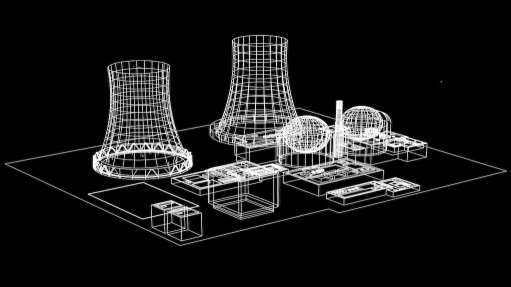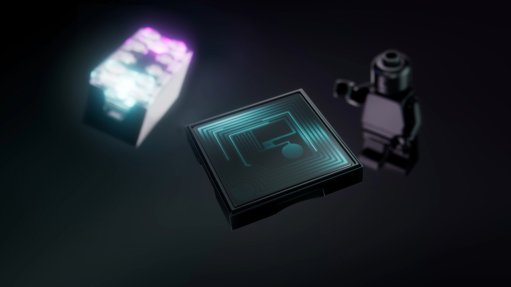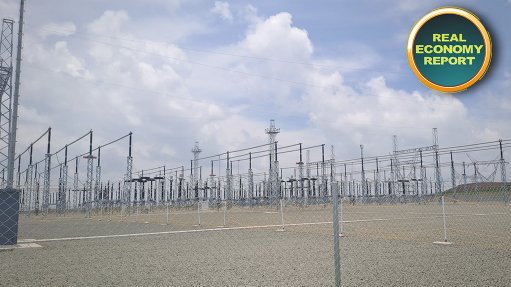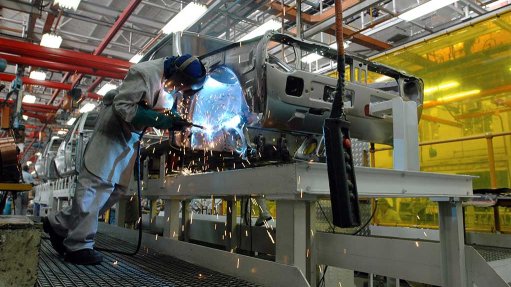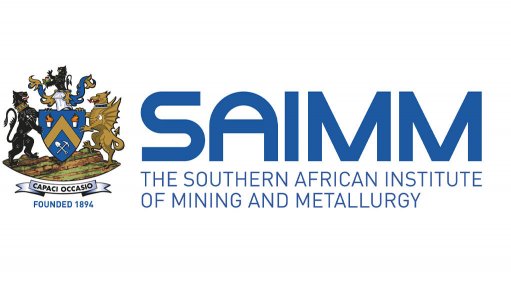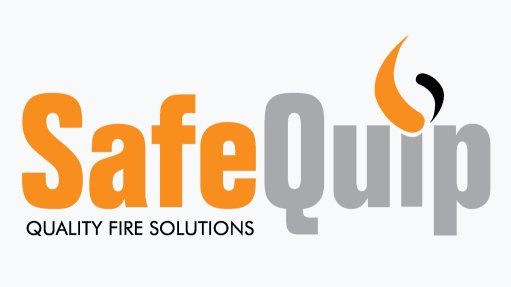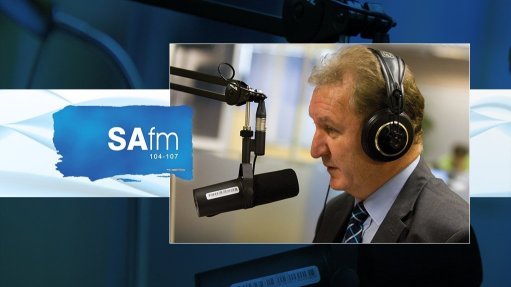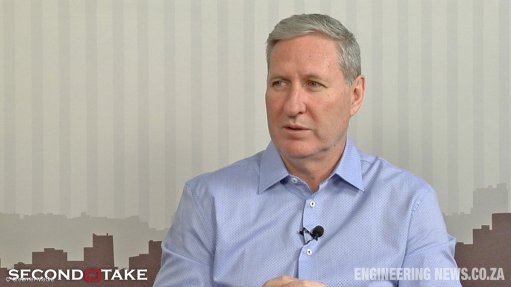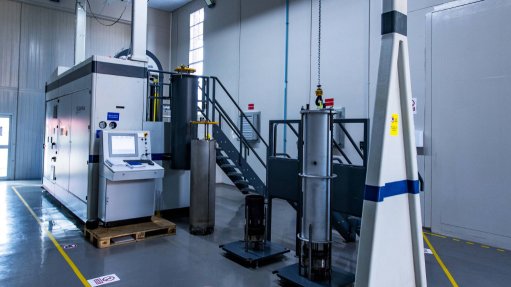DWS assures ARV traces in water harmless
Following a study that has found traces of anti-retrovirals (ARVs) in water samples taken from rivers and potable water sources, the Department of Water and Sanitation (DWS) and the Water Research Commission (WRC) assures that the residues in drinking water are harmless.
“Pharmaceuticals such as ARVs are drugs used to treat diseases – they do not cause diseases,” the DWS said in a statement, aiming to quell any fear that the presence of traces of ARVs in the water could result in people contracting HIV.
However, prolonged exposure to the broader population may lead to antimicrobial resistance, a subject of ongoing research.
South Africa has rolled out an extensive programme to curb HIV and Aids, including access to ARVs to reduce the risk of the onset of Aids. As a result, traces of ARVs are entering municipal sewage systems and passing through these systems into rivers.
This could be attributed to the pharmacological process where the active part of the medication was absorbed by the body, leaving the residual to be discharged from the body, subsequently finding its way into the sewage system, the department explained.
“These traces of ARVs can then also be present in water that has been extracted from the rivers by municipalities to be treated and supplied as potable water.”
Since early 2000, the DWS and WRC, in collaboration with local and international partner research organisations, have commissioned several studies on the presence of contaminants of emerging concern (CECs) in water resources and drinking water, which inform the water quality guidelines and regulations issued by the department.
The WRC’s research has focused on CECs such as microplastics, chemicals and pharmaceuticals that could potentially pose risks to human health and the environment.
One such study, commissioned by the WRC and carried out by North-West University, revealed low concentrations of ARVs in some of the drinking water samples, with higher concentrations of traces of ARVs found downstream of wastewater treatment plants.
“This means that the municipal wastewater treatment works are not removing them, as most existing wastewater treatment works have not been designed to remove CECs.
“There is a possibility that high concentrations of ARVs in sewage or municipal wastewater might reduce the effectiveness of the wastewater treatment works in removing bacteria from the wastewater. Further research is required in this regard,” the department said.
The study found that almost all the concentrations in drinking water samples at the test sites were below limits of quantification.
The most frequently detected compound was fluconazole – 28 detections from 72 samples – with concentrations ranging between 0.06 nanograms per litre (μg/L) to 1.8 μg/L.
Nevirapine and efavirenz were the second most detected compounds, both with 22 detections out of 72 samples.
On average, lopinavir and efavirenz had the highest concentrations of the compounds analysed, while didanosine and zidovudine were the least detected compounds, with two and six detections, respectively, out of 72 samples.
Currently, there is limited knowledge of environmental toxicity, potential adverse effects on ecosystems and viral resistance of these compounds. The study did not find any ARVs in fish.
Globally, CECs are increasingly recognised as a concern for water quality, especially in wastewater and reclaimed wastewater for potable reuse, as well as agricultural water uses.
“CECs are a relatively new area of research globally, particularly relating to the causes and effects of CEC, the human health risks, treatment methods to remove CECs and potential regulatory measures that can be taken to address the problem,” the DWS noted.
The WRC research has focused on identifying CECs; understanding its pathways and investigating how CECs enter water ecosystems; evaluating the potential health and environmental risks associated with CECs; and developing treatment strategies and exploring innovative treatment methods to remove or mitigate CECs.
The key water quality risks to human health of a biological and microbiological nature are well understood and regulated in South Africa.
“The traces of pharmaceuticals, microplastics and other such CECs that have been found in water resources in South Africa are very small quantities, measured in nanograms – one billionth of a gram.”
Conventional water and wastewater treatment technologies are designed to remove much larger contaminants such as particles of faeces and bacteria.
CECs in water is a growing global problem and area of attention around the world.
Globally, the level of CEC compounds in water is generally not yet regulated, partly owing to their presence often being below water quality detection limits.
However, owing to their continuous production, lack of appropriate disposal, constant input into the environment and presence in water resources, albeit in small concentrations, there is now increasing global research into the issue.
“Development of methods and techniques to trace these elements accurately in water is one of the key focus areas of global research. Research is also being carried out into effective methods of treatment of the problem, including advanced membrane systems,” the DWS concluded.
Article Enquiry
Email Article
Save Article
Feedback
To advertise email advertising@creamermedia.co.za or click here
Comments
Press Office
Announcements
What's On
Subscribe to improve your user experience...
Option 1 (equivalent of R125 a month):
Receive a weekly copy of Creamer Media's Engineering News & Mining Weekly magazine
(print copy for those in South Africa and e-magazine for those outside of South Africa)
Receive daily email newsletters
Access to full search results
Access archive of magazine back copies
Access to Projects in Progress
Access to ONE Research Report of your choice in PDF format
Option 2 (equivalent of R375 a month):
All benefits from Option 1
PLUS
Access to Creamer Media's Research Channel Africa for ALL Research Reports, in PDF format, on various industrial and mining sectors
including Electricity; Water; Energy Transition; Hydrogen; Roads, Rail and Ports; Coal; Gold; Platinum; Battery Metals; etc.
Already a subscriber?
Forgotten your password?
Receive weekly copy of Creamer Media's Engineering News & Mining Weekly magazine (print copy for those in South Africa and e-magazine for those outside of South Africa)
➕
Recieve daily email newsletters
➕
Access to full search results
➕
Access archive of magazine back copies
➕
Access to Projects in Progress
➕
Access to ONE Research Report of your choice in PDF format
RESEARCH CHANNEL AFRICA
R4500 (equivalent of R375 a month)
SUBSCRIBEAll benefits from Option 1
➕
Access to Creamer Media's Research Channel Africa for ALL Research Reports on various industrial and mining sectors, in PDF format, including on:
Electricity
➕
Water
➕
Energy Transition
➕
Hydrogen
➕
Roads, Rail and Ports
➕
Coal
➕
Gold
➕
Platinum
➕
Battery Metals
➕
etc.
Receive all benefits from Option 1 or Option 2 delivered to numerous people at your company
➕
Multiple User names and Passwords for simultaneous log-ins
➕
Intranet integration access to all in your organisation






